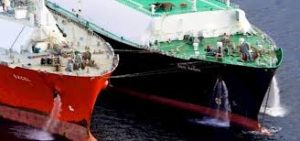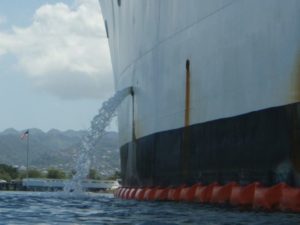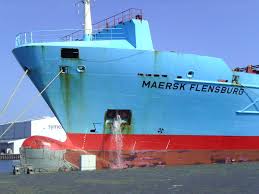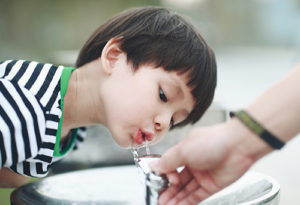The U.S. Environmental Protection Agency (EPA) is publishing for public comment a proposed rule under the Vessel Incidental Discharge Act that would establish national standards of performance for marine pollution control devices for discharges incidental to the normal operation of primarily non-military and non-recreational vessels 79 feet in length and above into the waters of the United States or the waters of the contiguous zone. The proposed national standards of performance were developed in coordination with the U.S. Coast Guard (USCG) and in consultation with interested Governors. The proposed standards, once finalized and implemented through corresponding USCG regulations addressing implementation, compliance, and enforcement, would reduce the discharge of pollutants from vessels and streamline the current patchwork of federal, state, and local vessel discharge requirements. Additionally, EPA is proposing procedures for states to follow if they choose to petition EPA to issue an emergency order, to review any standard of performance, regulation, or policy, to request additional requirements with respect to discharges in the Great Lakes, or to apply to EPA to prohibit one or more types of vessel discharges proposed for regulation in this rulemaking into specified waters to provide greater environmental protection.
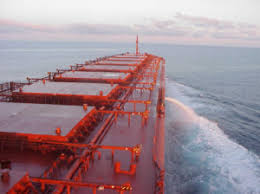
Stopping Ballast Water
More than 185 aquatic invasive species have entered the Great Lakes, including zebra mussels and quagga mussels.

